Today we were going to make a snack that is typical of a small area here in Peru, where the protagonist is supposed to be a specific type of corn but we ended up turning this into a kind of ceviche by adding fish.
Hoy íbamos a hacer un piqueo que es propio de una pequeña zona de aquí en Perú, dónde se supone que el protagonista es un tipo de maíz específico pero terminamos convirtiendo esto en una especie de ceviche por agregar pescado.
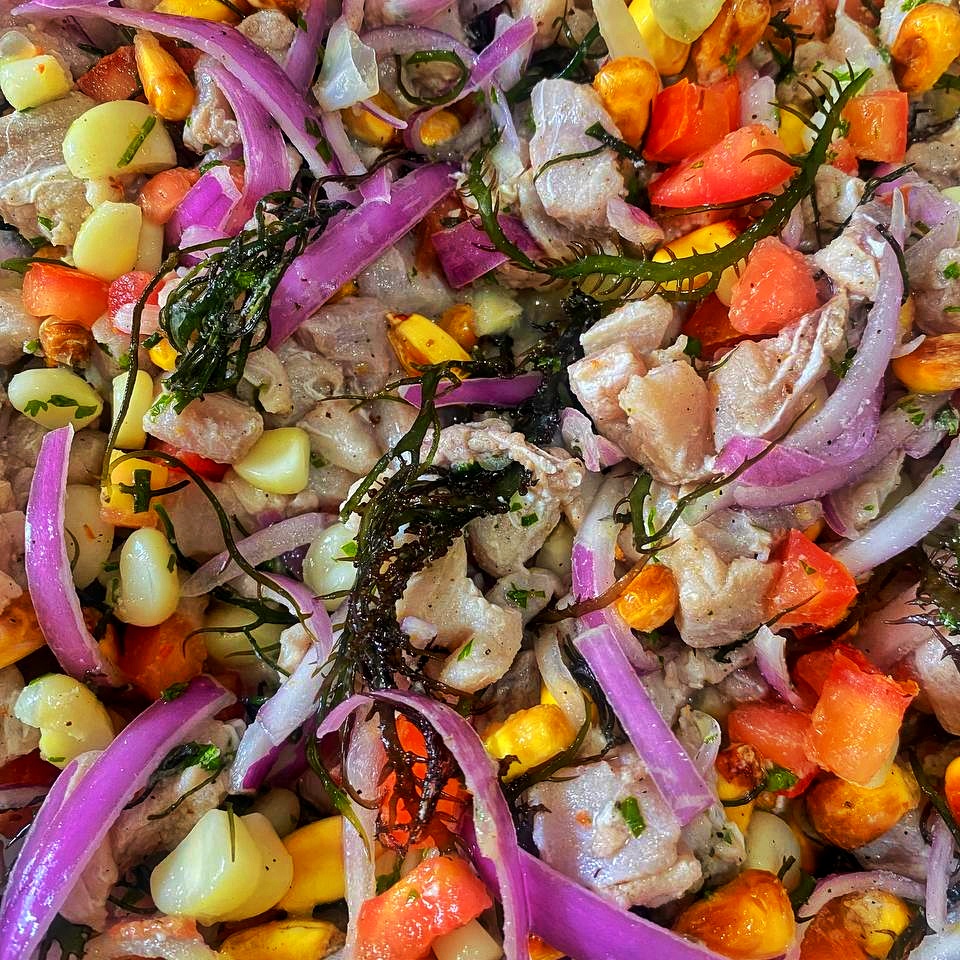
To start we are going to need to chop some ingredients, so we start by cutting a tomato into small cubes and take a red onion and cut it quite thin, it is also necessary to wash the onion at least three times with water.
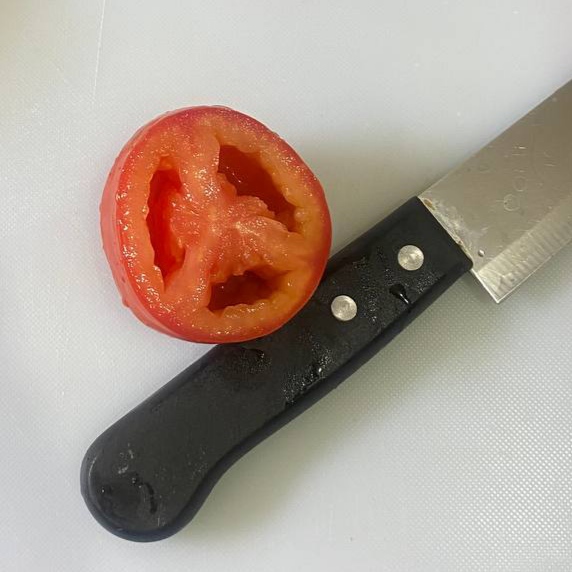
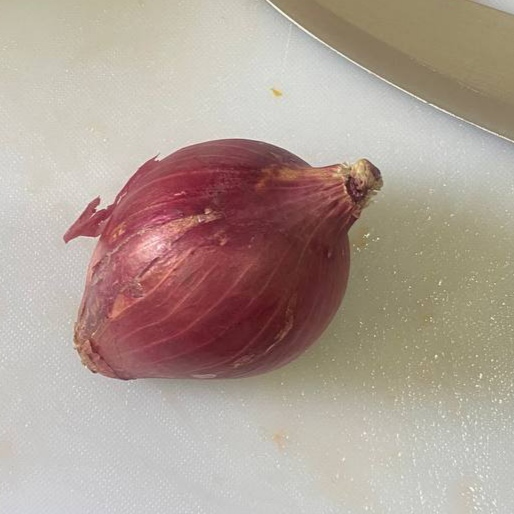
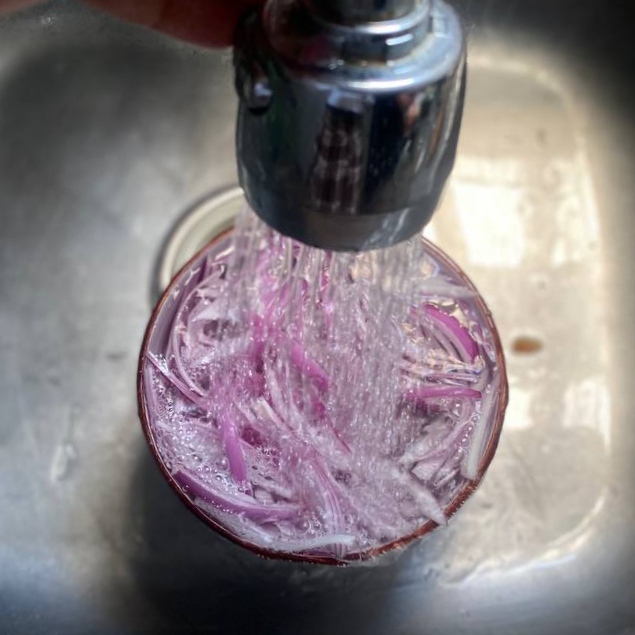
Para empezar vamos a necesitar picar algunos ingredientes, así que empezamos cortando un tomate en cubos pequeños y tomamos una cebolla morada y la cortamos bastante delgada, también es necesario lavar la cebolla al menos tres veces con agua.

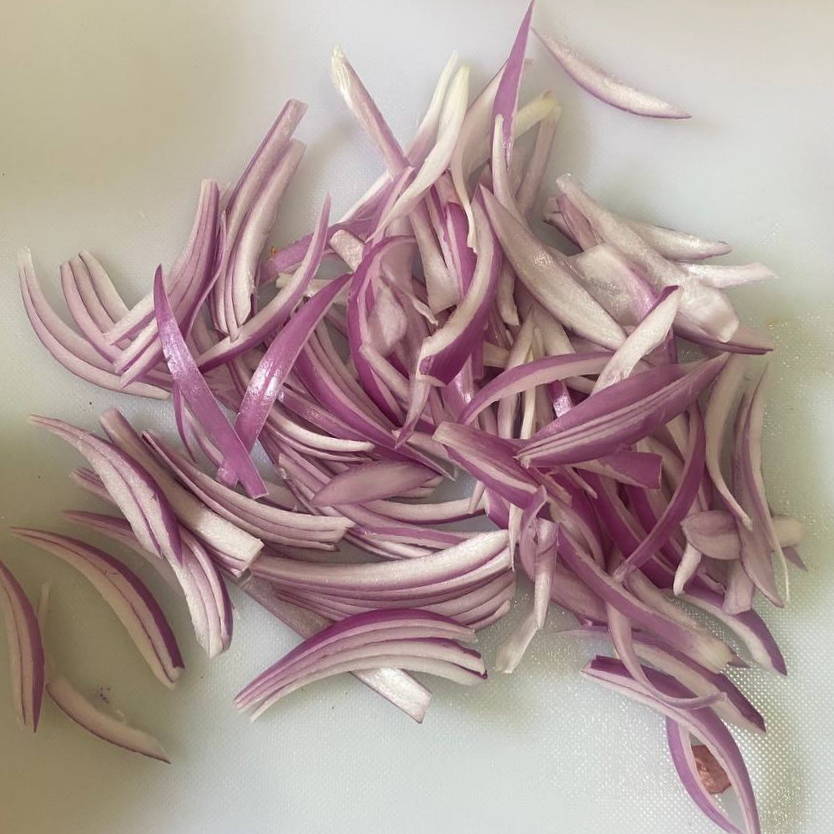
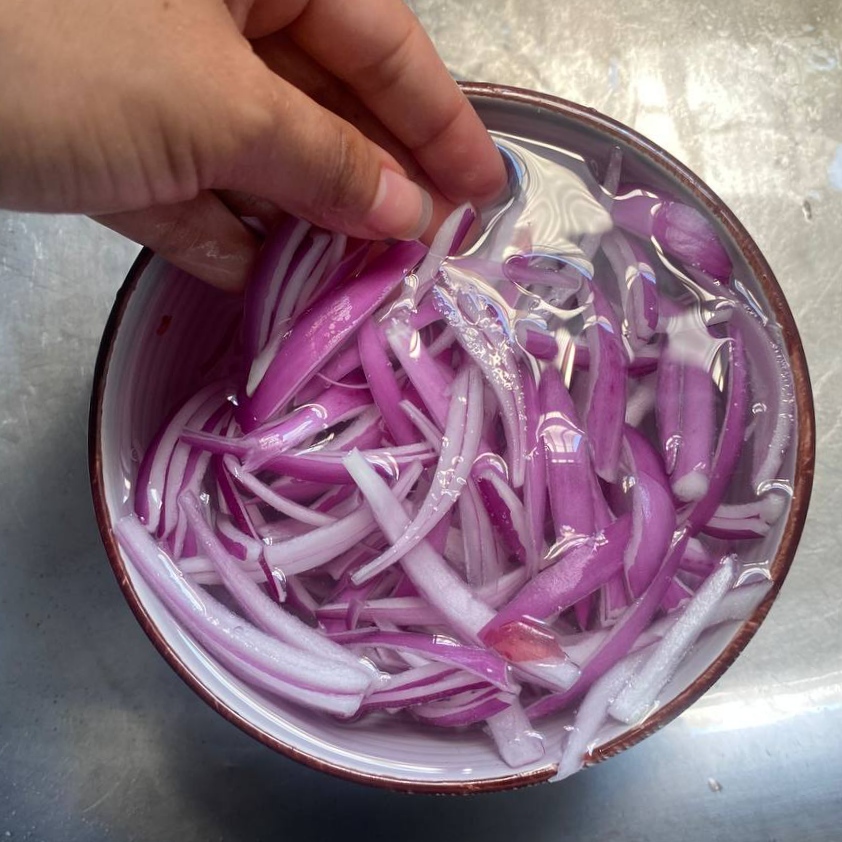
Now we need two young corn, we put them to boil in a pot with water and salt, and then at the end it will be shelled.
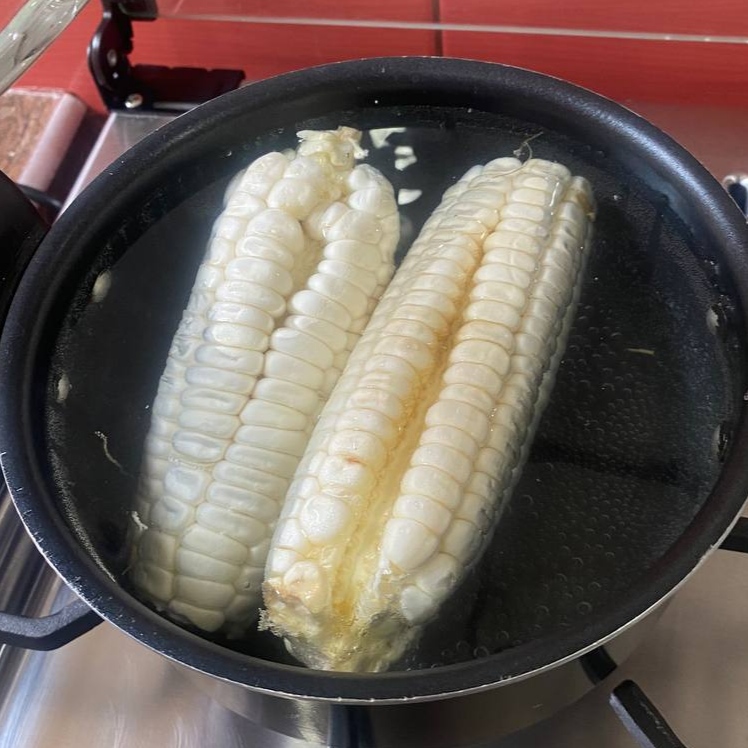
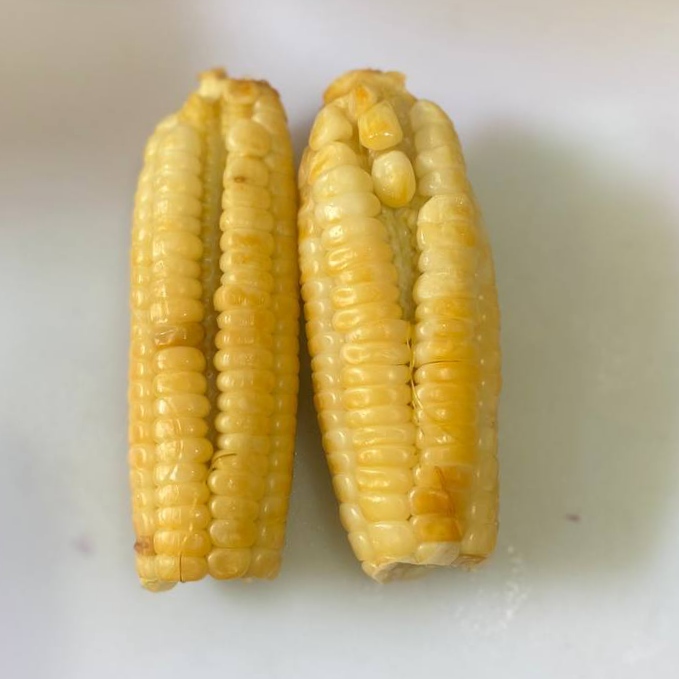
Ahora necesitamos dos mazorcas tiernas, las colocamos a hervir en una olla con agua y sal, y después al final va a quedar desgranada.
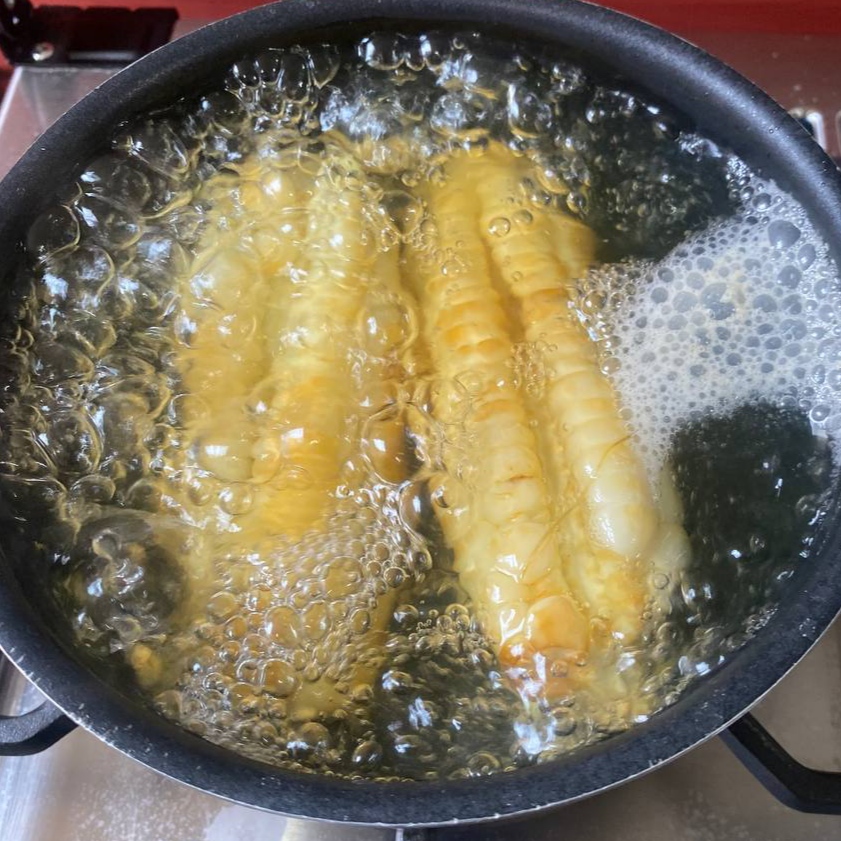
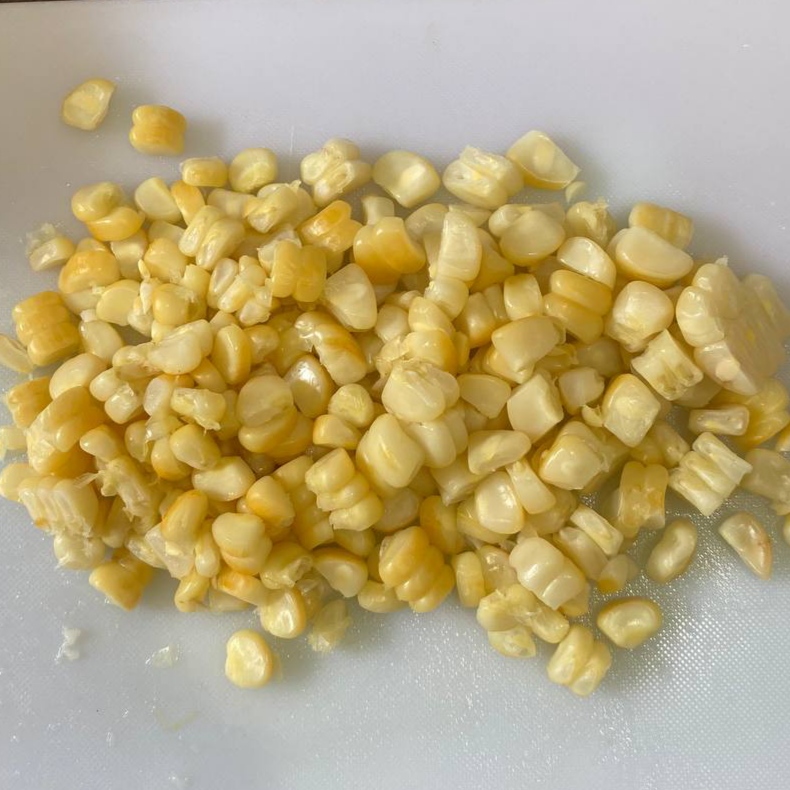
The real protagonist is this type of corn, you will have to forgive me but I don't know exactly what it is called but I know that it is a type of Peruvian field corn, and its preparation is basically like making popcorn but the difference is that this corn explodes and is open, the same grain remains. They use this here in Peru as snacks. I will just put the pan with a little oil and put the corn kernels and it is important to cover the pan and in a matter of 5 minutes they are ready. The consistency is quite crunchy like biting into a Japanese peanut.
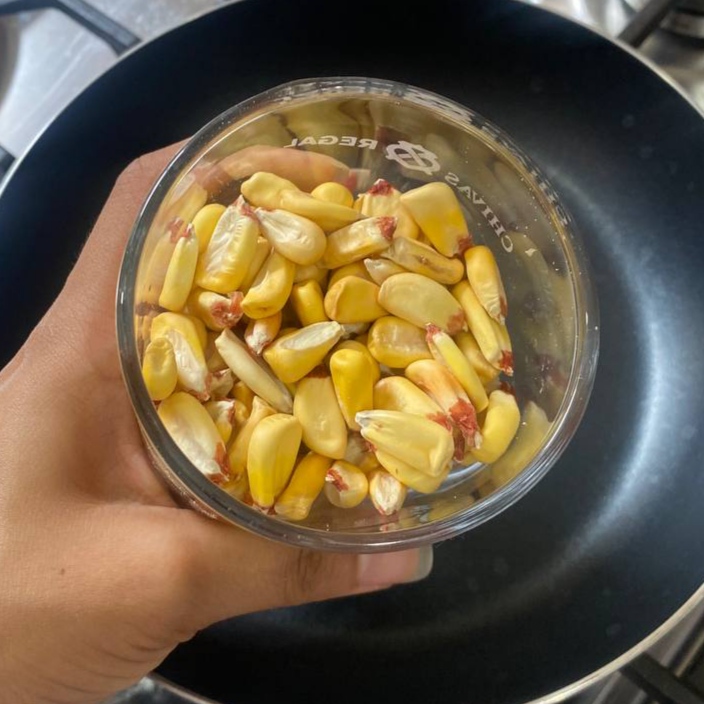
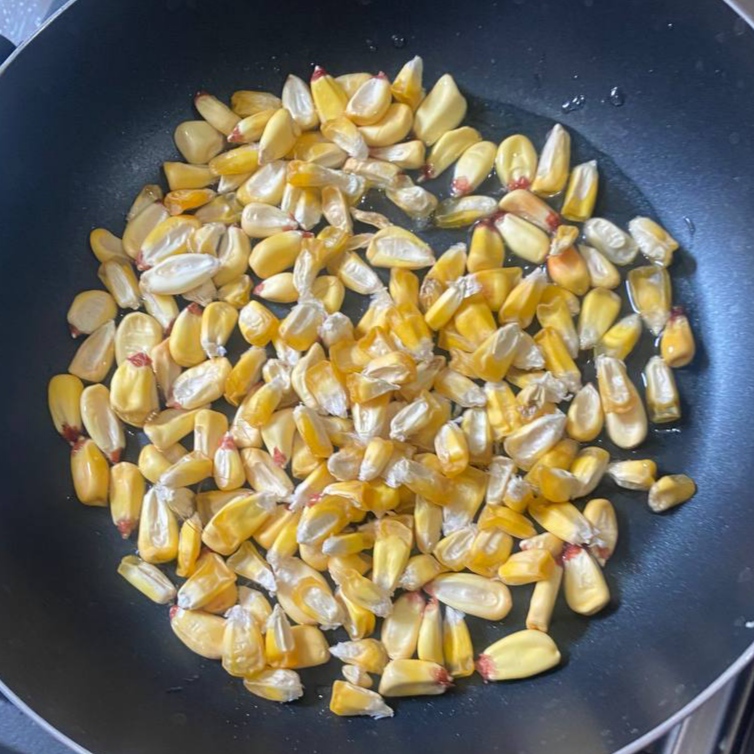
El verdadero protagonista es este tipo de maíz, me van a perdonar pero no sé exactamente cómo se llama pero sé que es un tipo de maíz de cancha peruano, y su preparación es básicamente como hacer popcorn pero la diferencia es que este maíz explota y se abre, queda el mismo grano. Esto aquí en Perú lo usan como botanas. Solo pondré la sartén con un poco de aceite y ponemos los granos de maíz y es importante tapar la sartén y en cuestión de 5 minutos ya están listas. La consistencia es bastante crocante como morder un maní japonés.
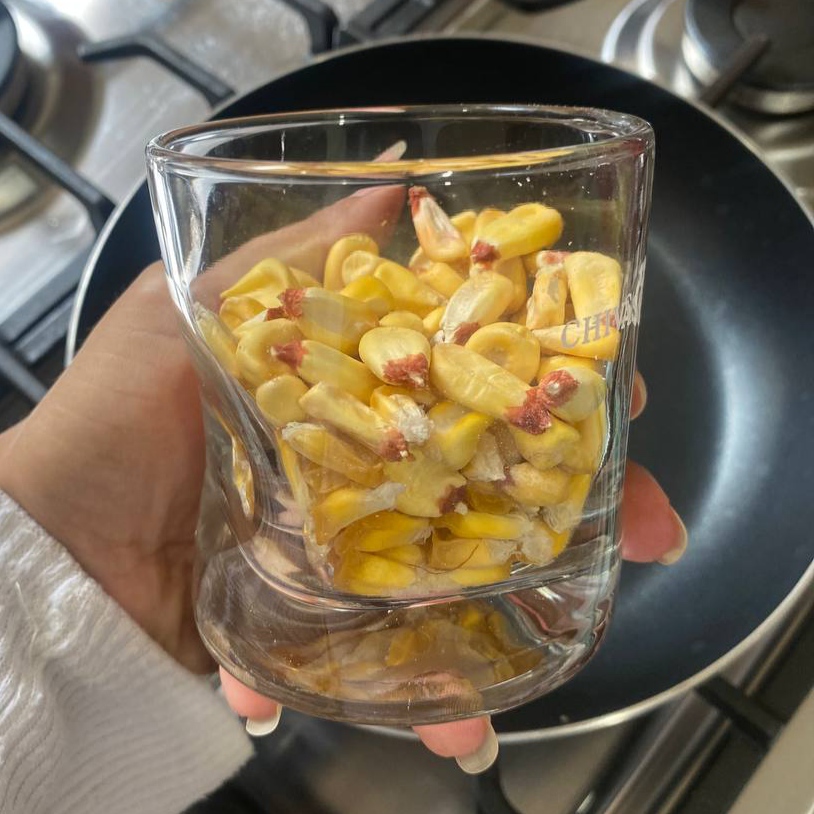
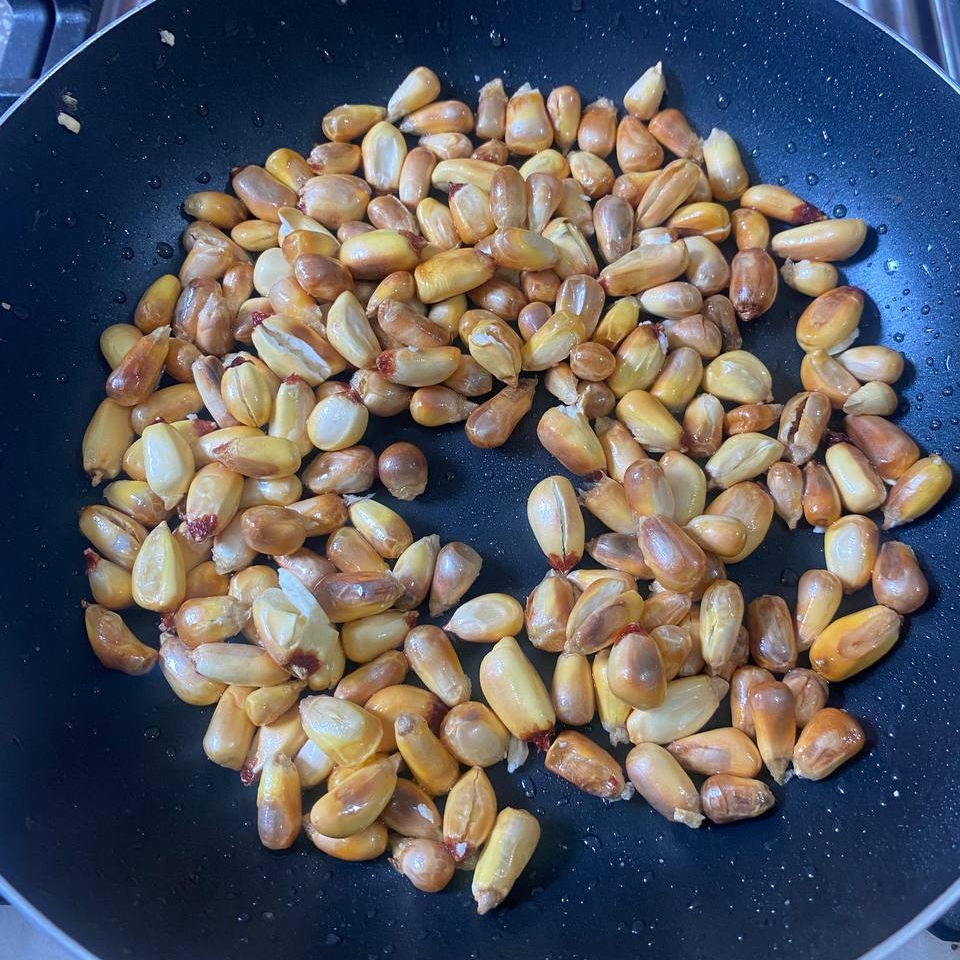
Now what stole the show was the fish we bought, this turned it into a ceviche but more tropical. We went to the local market and there was a lady selling fish. We asked and she offered us a special fish and the good thing about these places is that they already give you the product cut and ready for whatever you are going to do. But I explain to you that for this a white meat fish is used and it is cut into cubes.
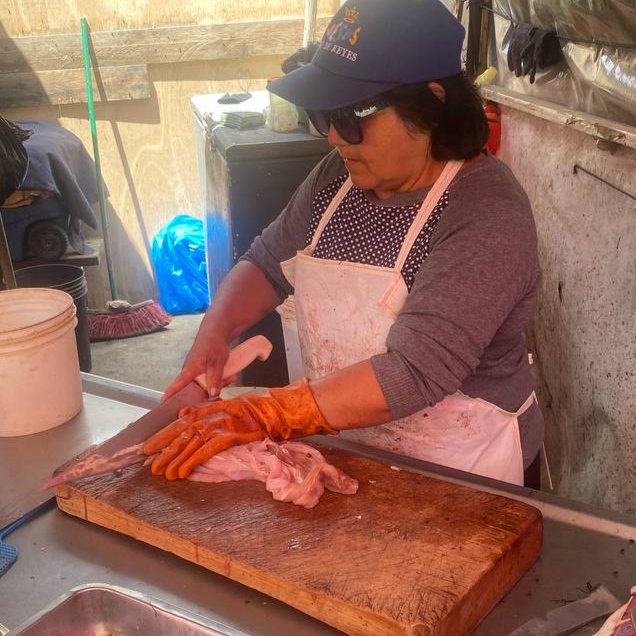
Ahora el que se robó el show fue el pescado que compramos, esto lo convirtió en un ceviche pero más tropical. Fuimos al mercado local y había una señora vendiendo pescado preguntamos y nos ofreció un pescado especial y lo bueno de estos lugares es que ya te dan el producto cortado y listo para lo que vayas hacer. Pero les explico que para esto se usa un pescado de carne blanca y se corta en cubos.
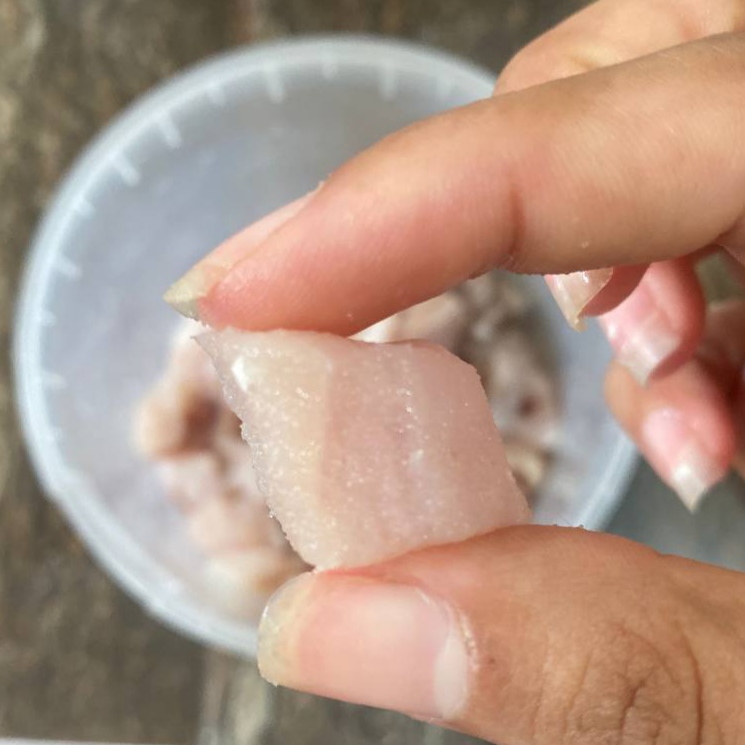
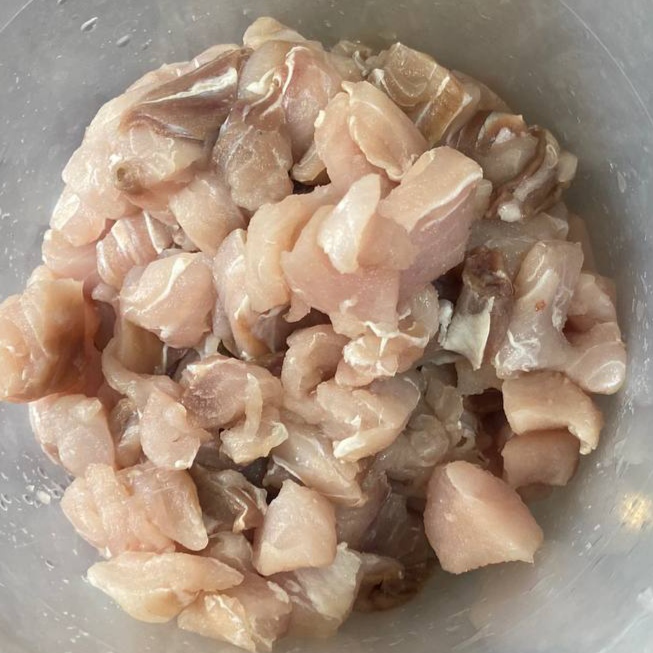
Now we are going to prepare a concentrated liquid mixture that goes with this snack, and it is also the same mixture that is used for ceviche, it is citrus and helps to "cook" the lemon, but the correct term is not cooking, it would denature. Ok, to prepare this mixture it depends on the amount of what we are preparing here we are using 1/2 kilo of fish.
We start using:
3 lemons squeezed
1 teaspoon salt
A little ground chili
A pinch of pepper
A little bit of ajinomoto (MSG)
A little ground garlic
2 ice cubes.
And very small chopped cilantro
All this is put in a container and mixed, the ice cubes are placed to cool it and provide a little water at the same time.
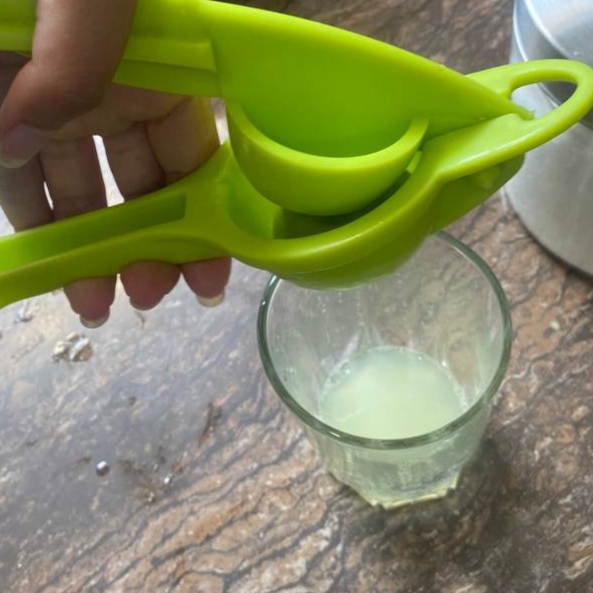

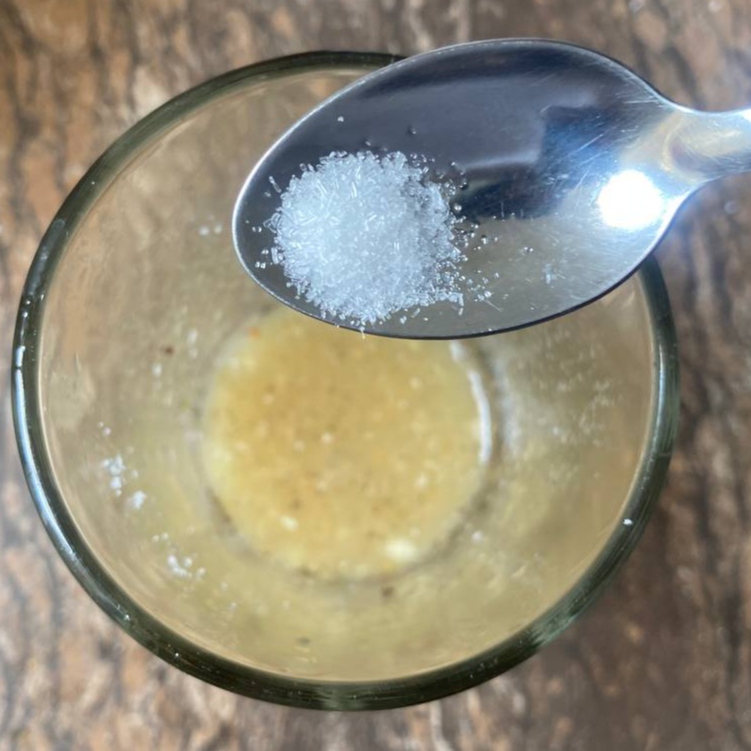
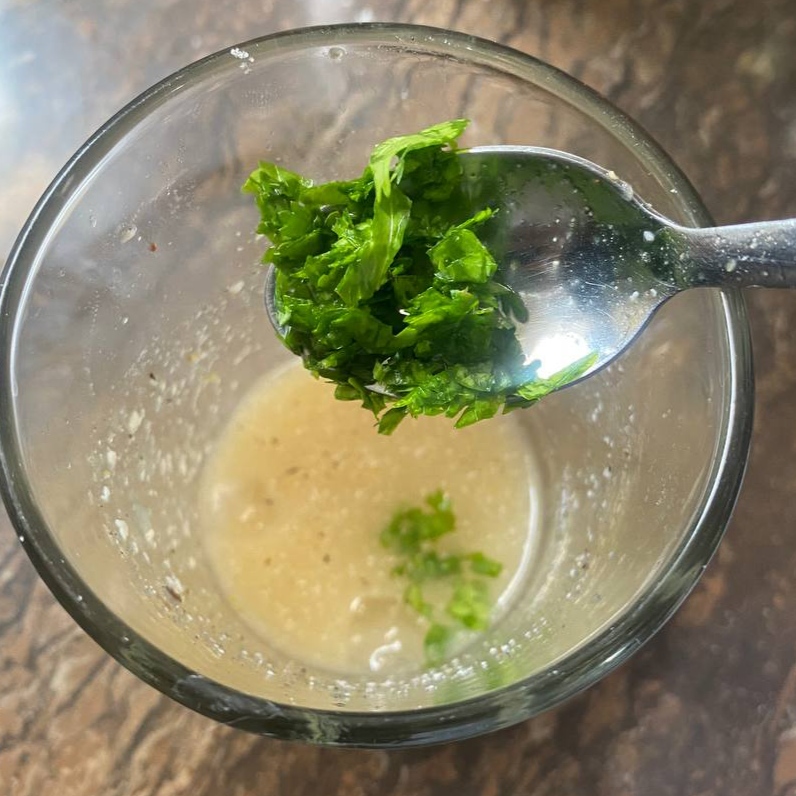
Ahora vamos a preparar una mezcla líquida concentrada que va con este piqueo, y también es la misma mezcla que se usa para el ceviche, es cítrica y ayuda a "cocinar" el limón, pero el término correcto no es cocinar sería desnaturalizar. Ok, para preparar esta mezcla es depende de la cantidad de lo que estamos preparando aquí estamos usando 1/2 kilo de pescado.
Empezamos usando:
3 limones exprimidos
1 cucharadita de sal
Un poco de ají molido
Una pizca de pimienta
Un poco de ajinomoto
Un poco de ajo molido
2 cubos de hielo.
Y ahora todos estos ingredientes los colocamos en un bol.
Todo esto se pone en un recipiente y se mezcla, los cubos de hielo se colocan es para enfriar y aportar un poco de agua al mismo tiempo.
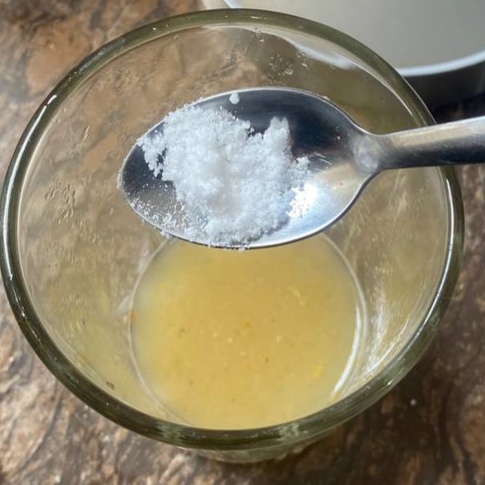
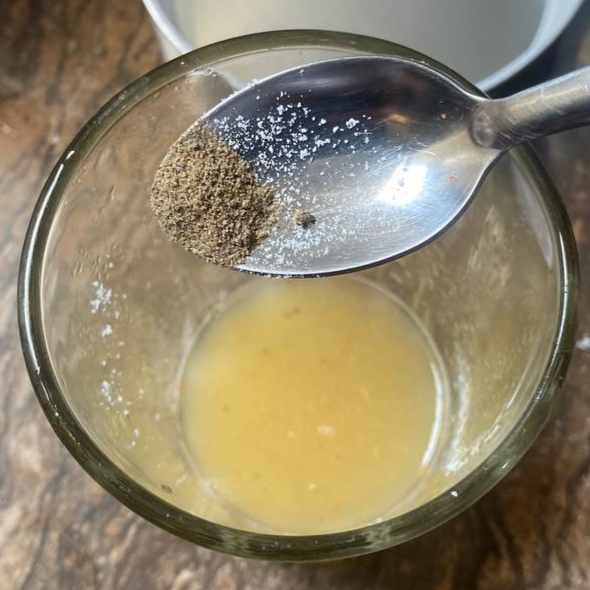
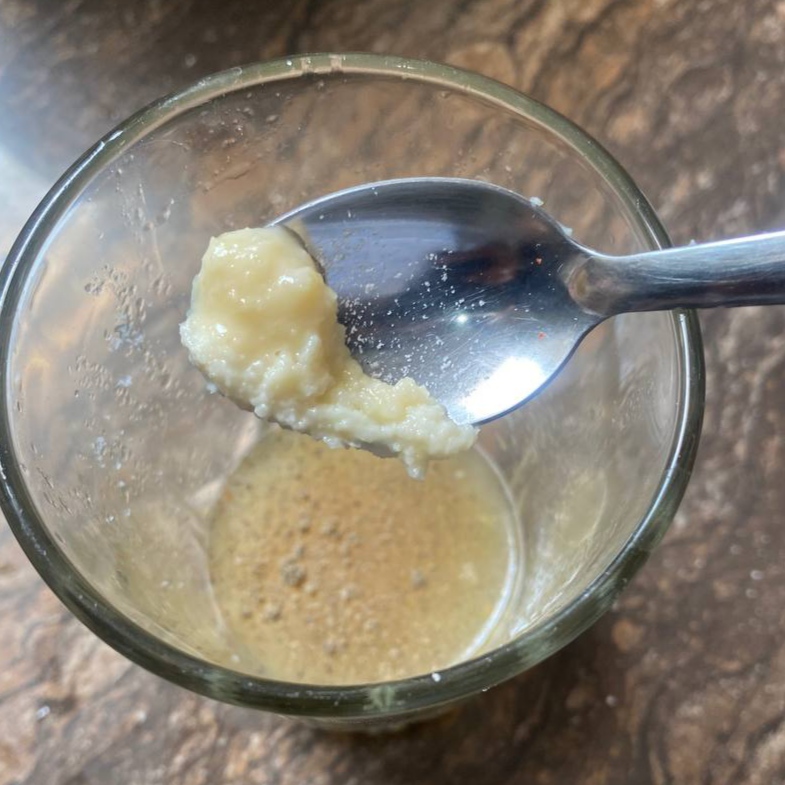
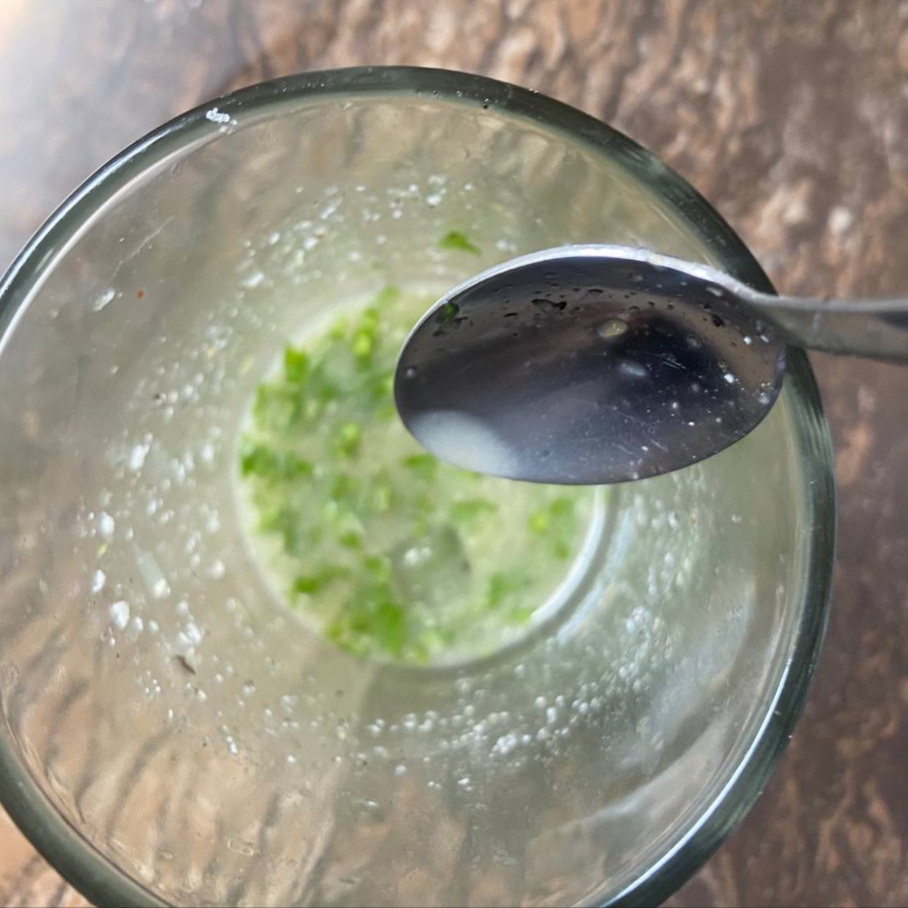
And now we place all these ingredients in a bowl.
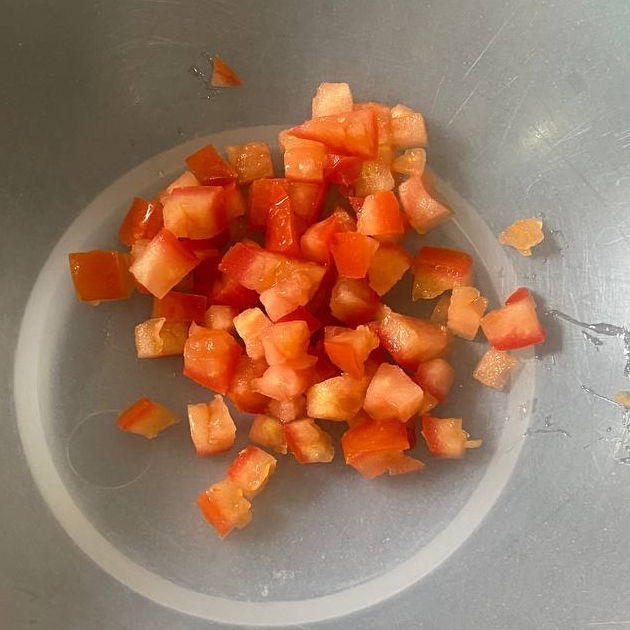
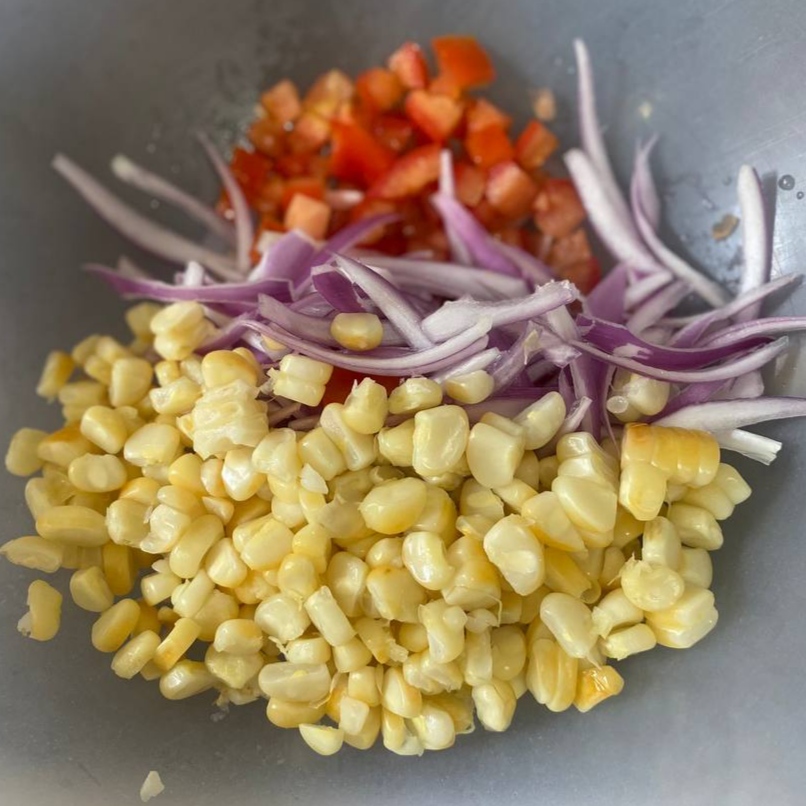
Y ahora todos estos ingredientes los colocamos en un bol.
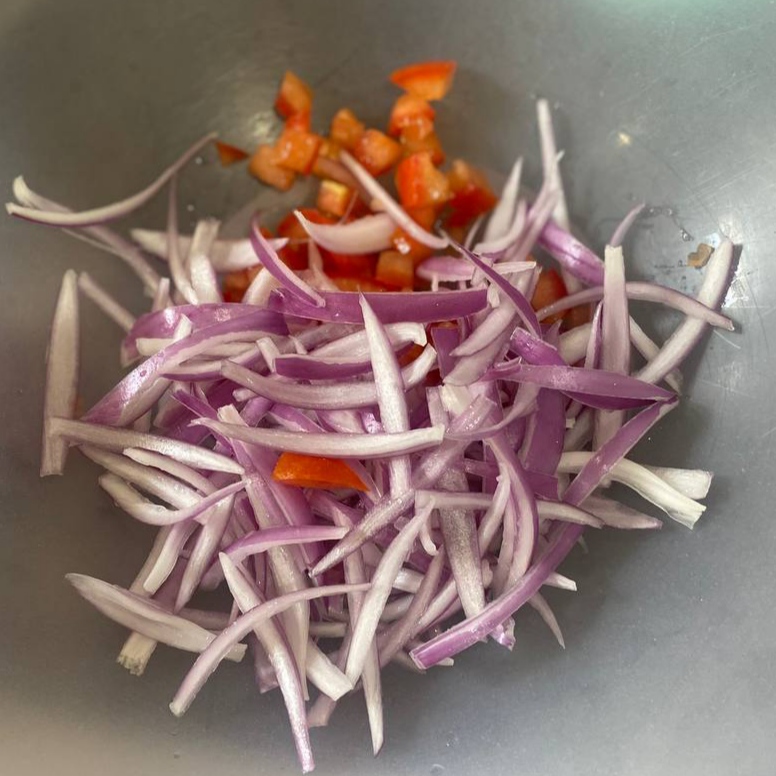
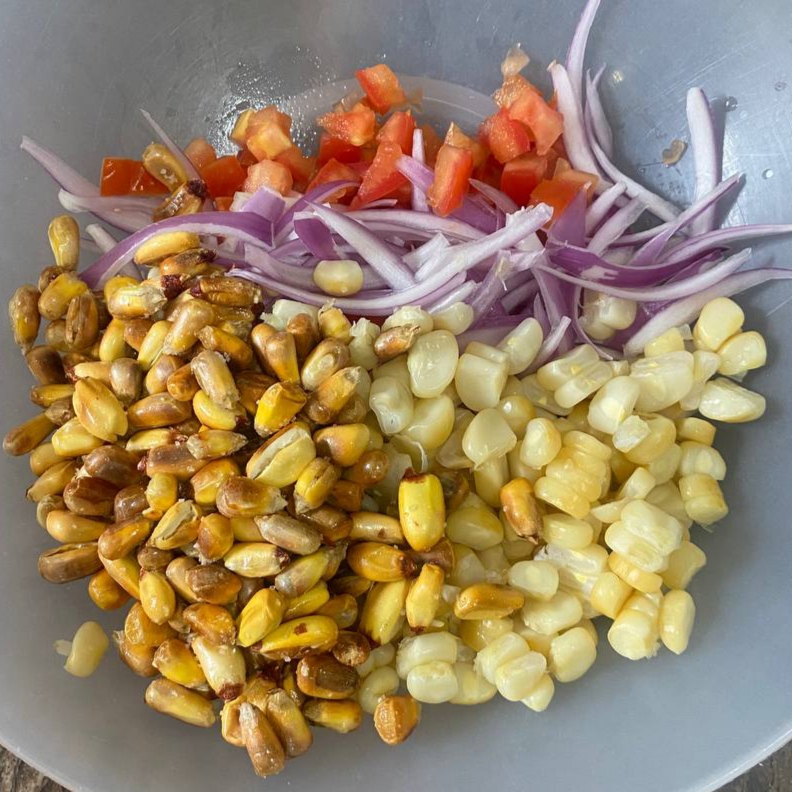
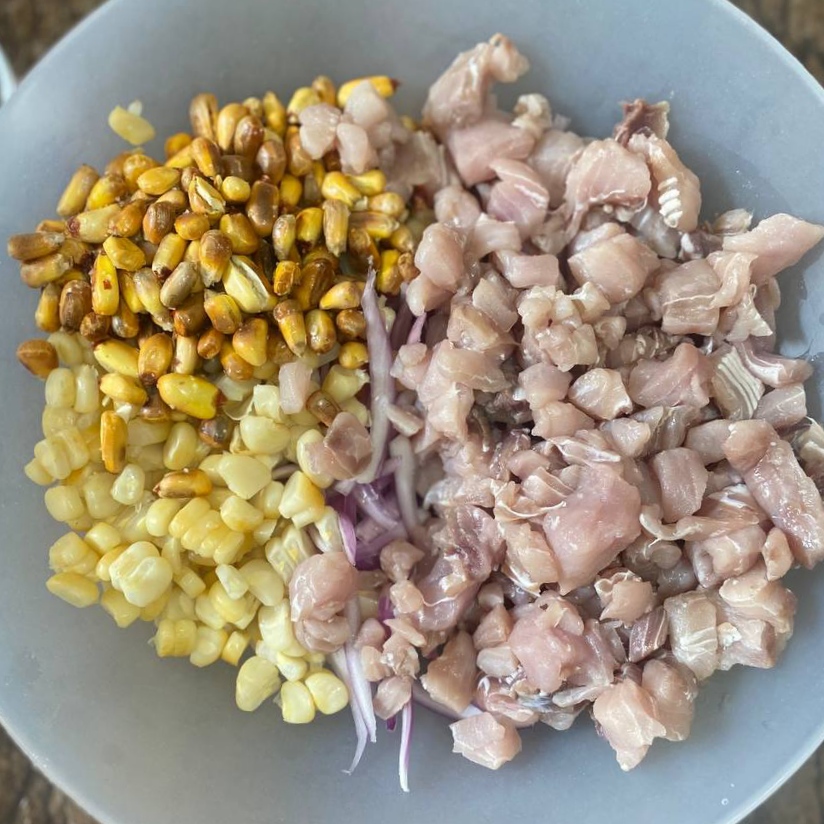
Lastly, we add the liquid mixture that we created and mix them for several minutes. In this case, since it has fish, we will know that it is ready when the fish begins to change color and turns white.
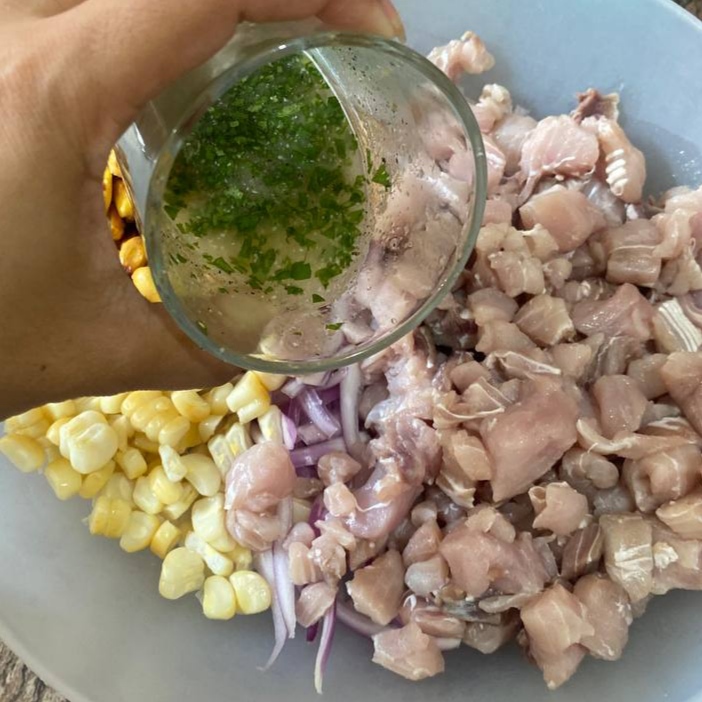
De último agregamos la mezcla líquida que creamos y los mezclamos por varios minutos, en este caso como tiene pescado, sabremos que está listo cuando el pescado empiece a cambiar de color y se ponga blanco.
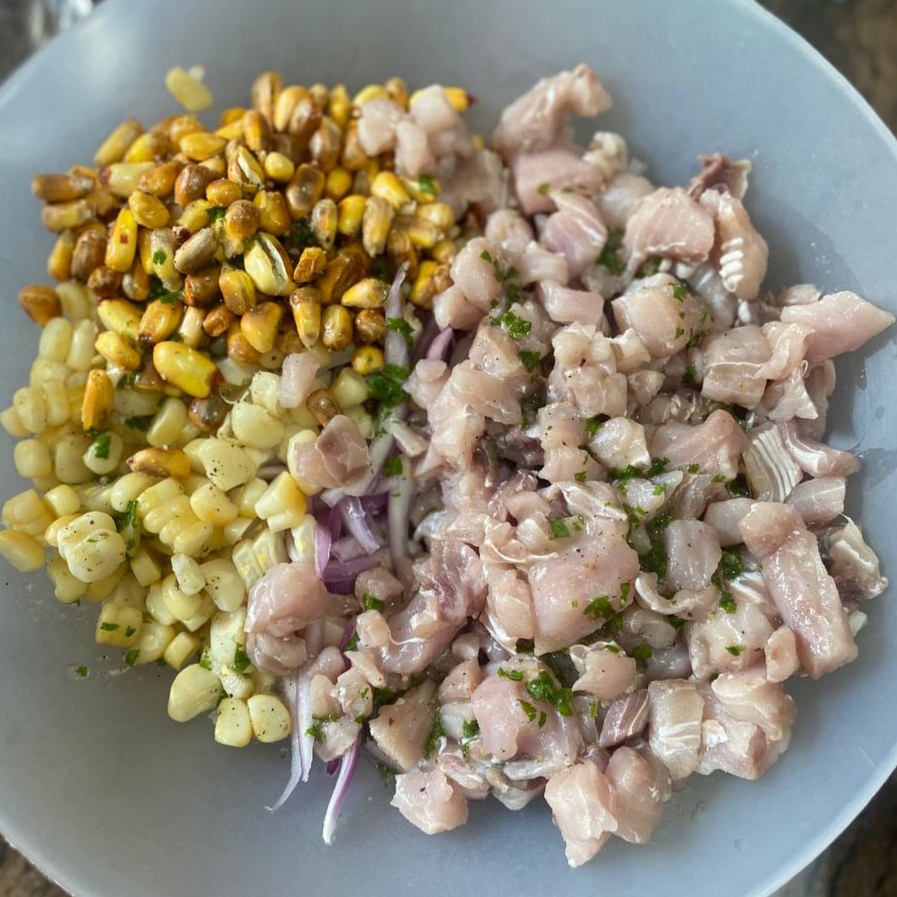
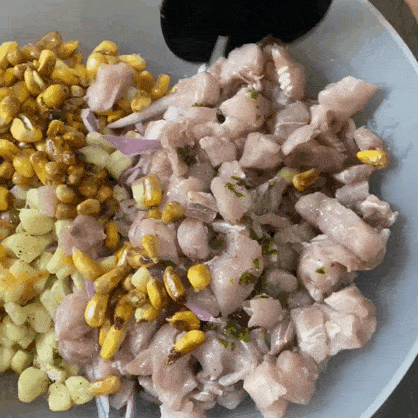

As a last item, you can check the flavor and check if it needs more salt or any other seasoning.
Como último dato pueden revisar el sabor y chequear si le falta más sal u cualquier otro condimento.
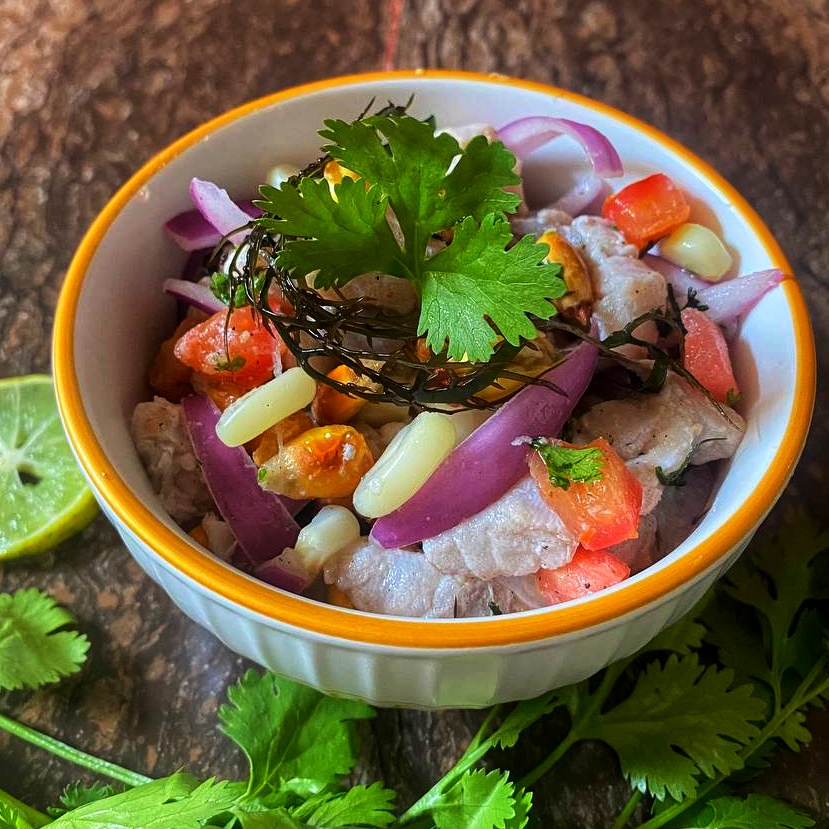
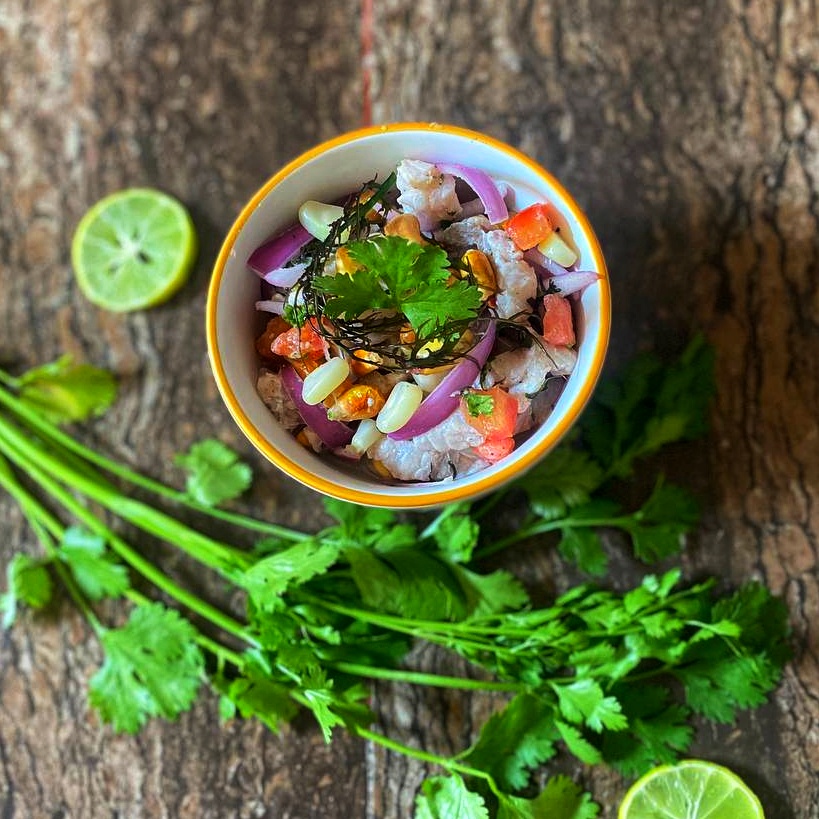
No ya va, esto se ve estupendo. Me ha gustado los colores, ya por ahí me compraste jajaja. Veo los ingredientes y son ingredientes que me encanta y me invita a preparar esto en casa. Te quedó estupenda la presentación y aunque es tarde, me voy antojado XD.
Estuvo riquísimo y un poquito picante pero bueno. Adivina, lo acompañé con una cerveza y casi no soy de tomar pero quedó bien
#posh #hive
Está preparación está muy buena, he comido ceviche y lo prepararnos parecido pero sin el maíz, siempre es bueno conocer la gastronomía de otros paises ☺️ Saludos
Aquí en Perú si le ponen a un lado, esta de acá es como la versión de un pequeño pueblito aquí en Perú